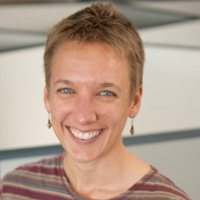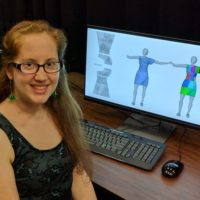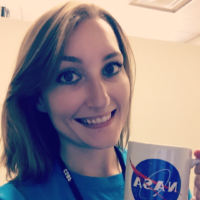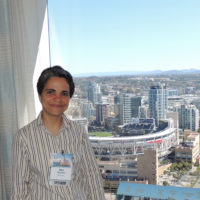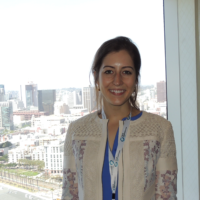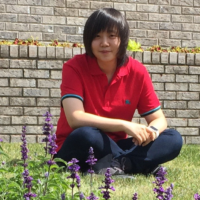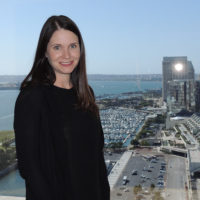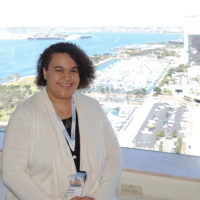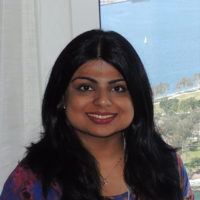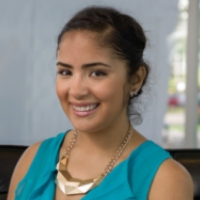
Profiles in Computing: Yerika Jimenez
As a little girl growing up in the Dominican Republic, Yerika Jimenez, currently a Ph.D. student in computing at the University of Florida, noticed she had a knack for fixing things – cell phones, TVs, radios. Everyone in her community would bring her broken items, and she would return them repaired. A few years later, when Jimenez was nine years old, her family settled in New Jersey, and her fascination with technology continued.

